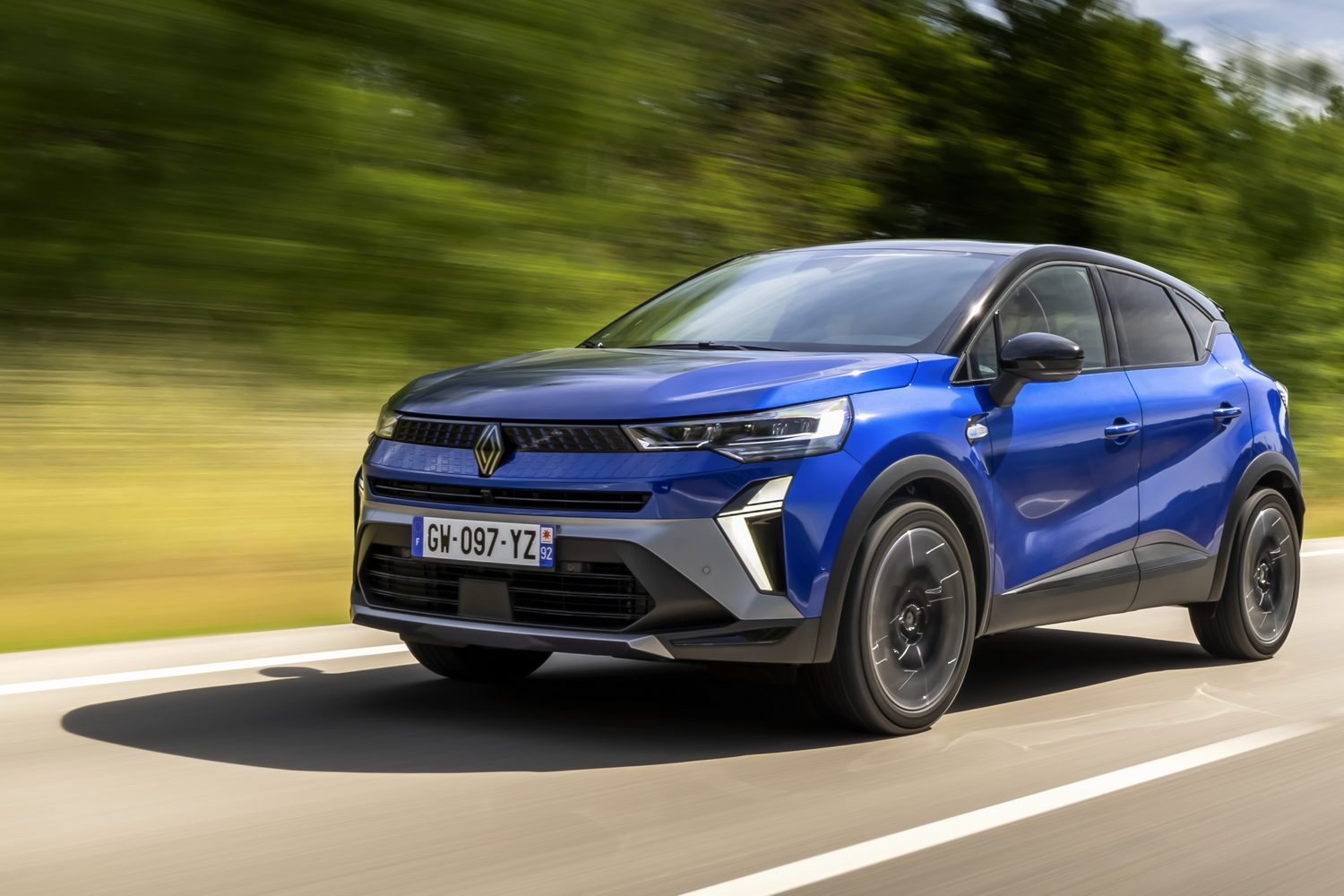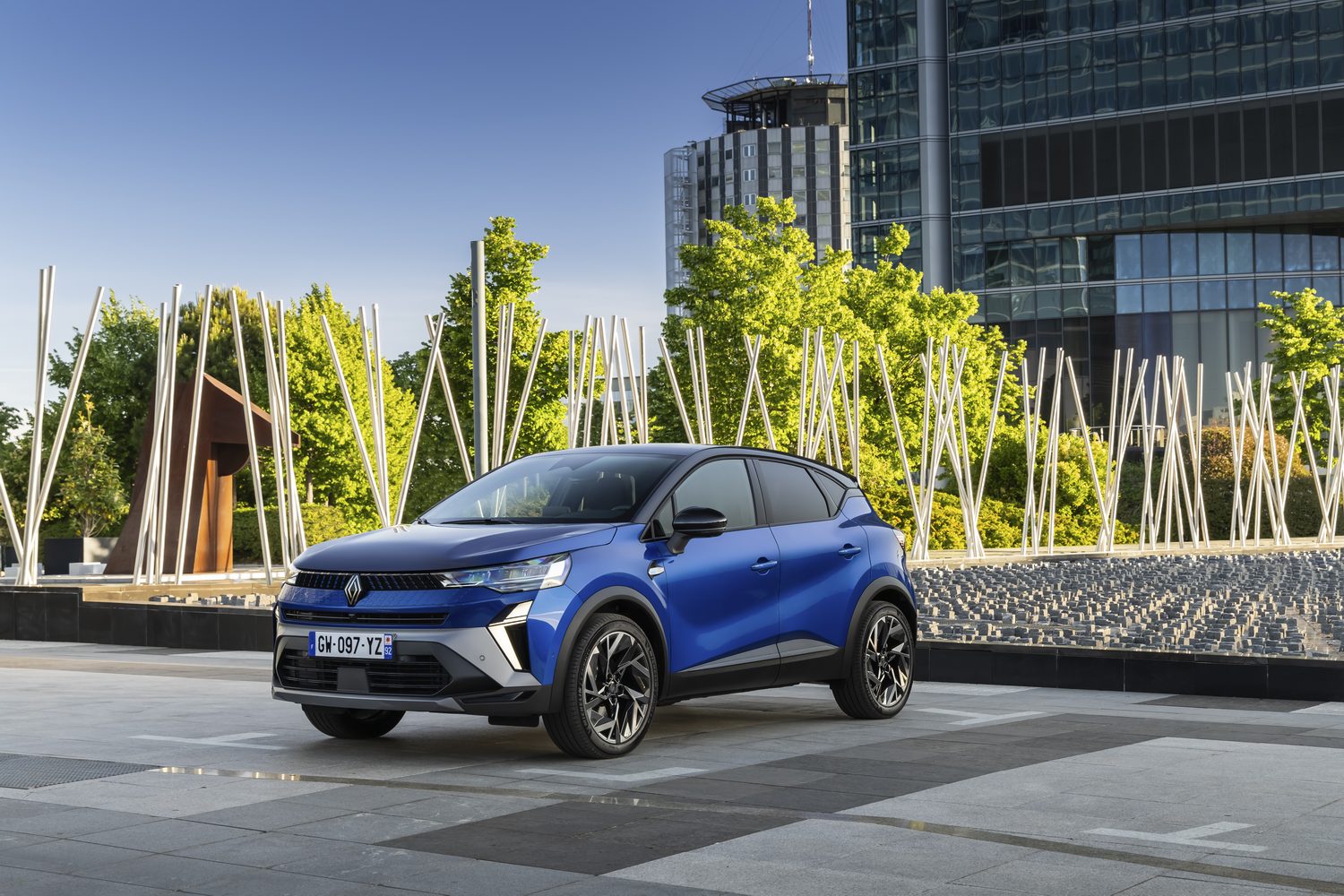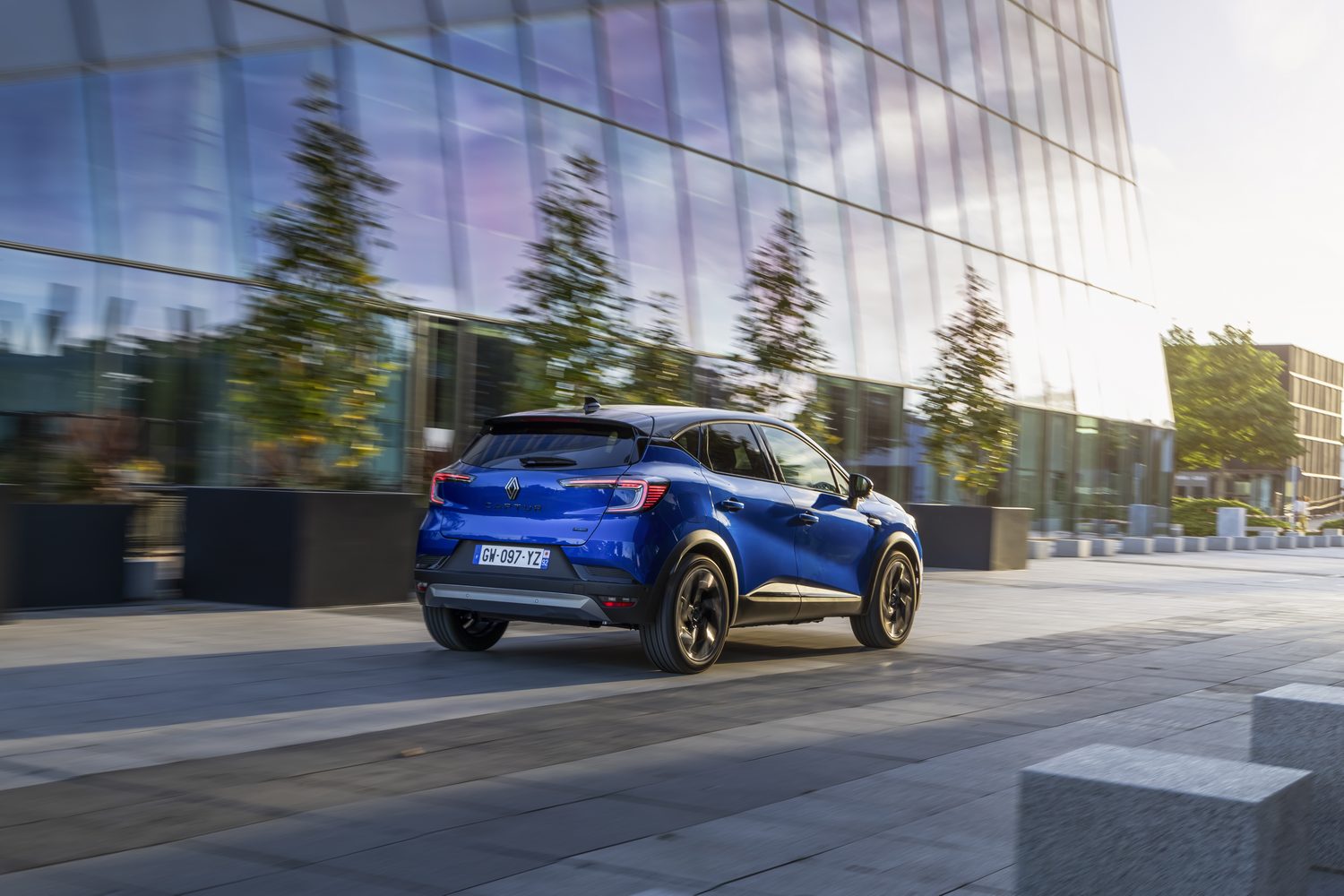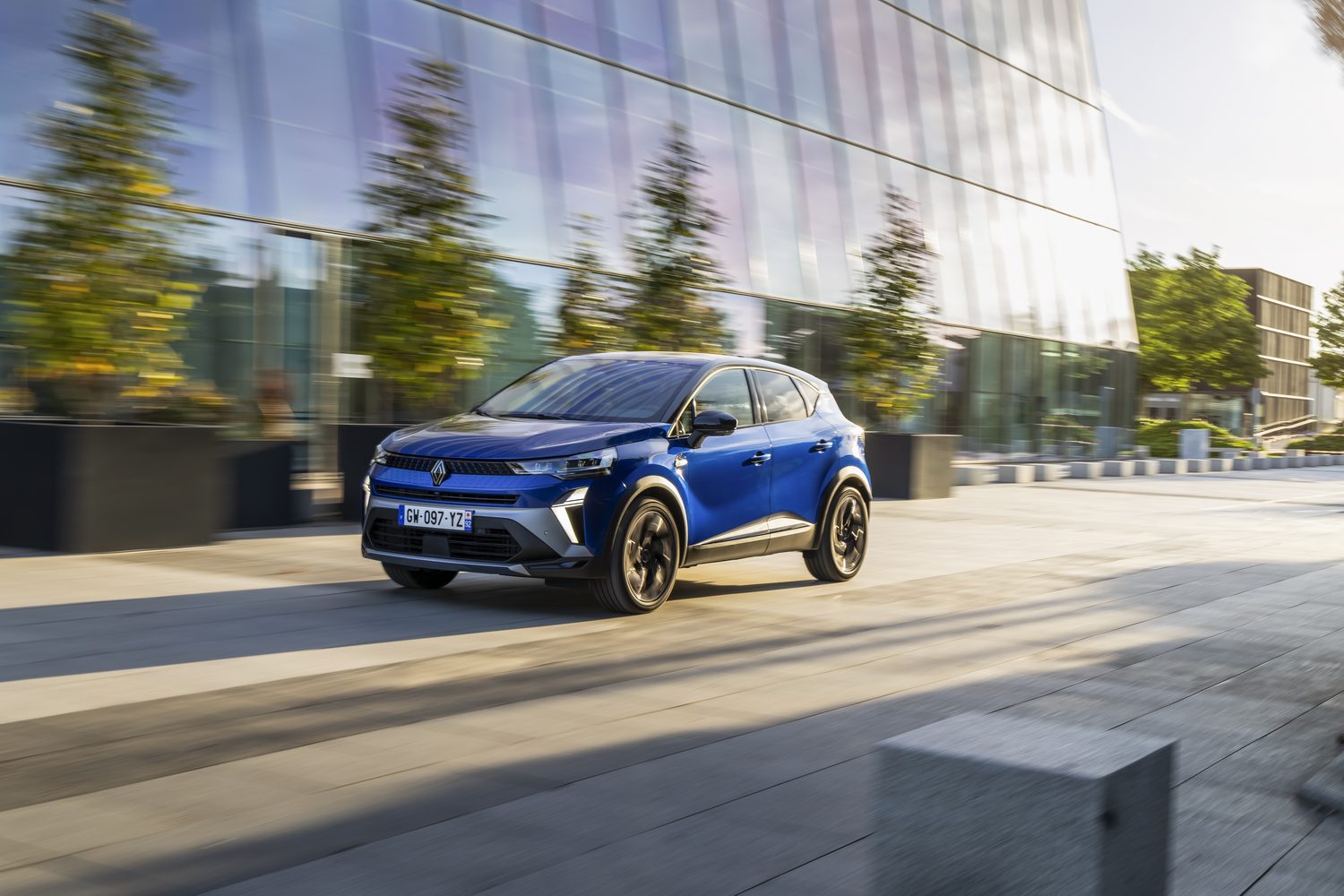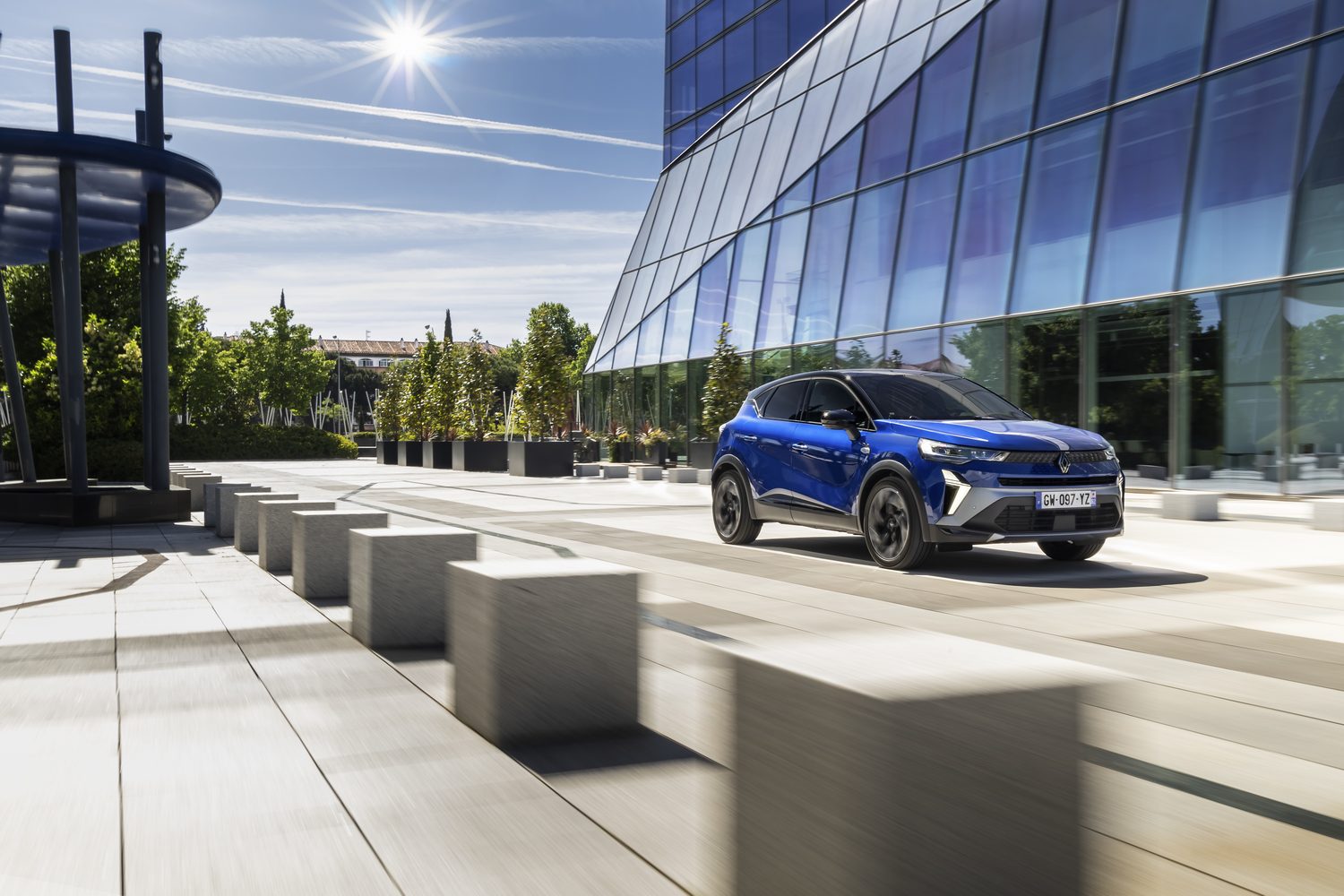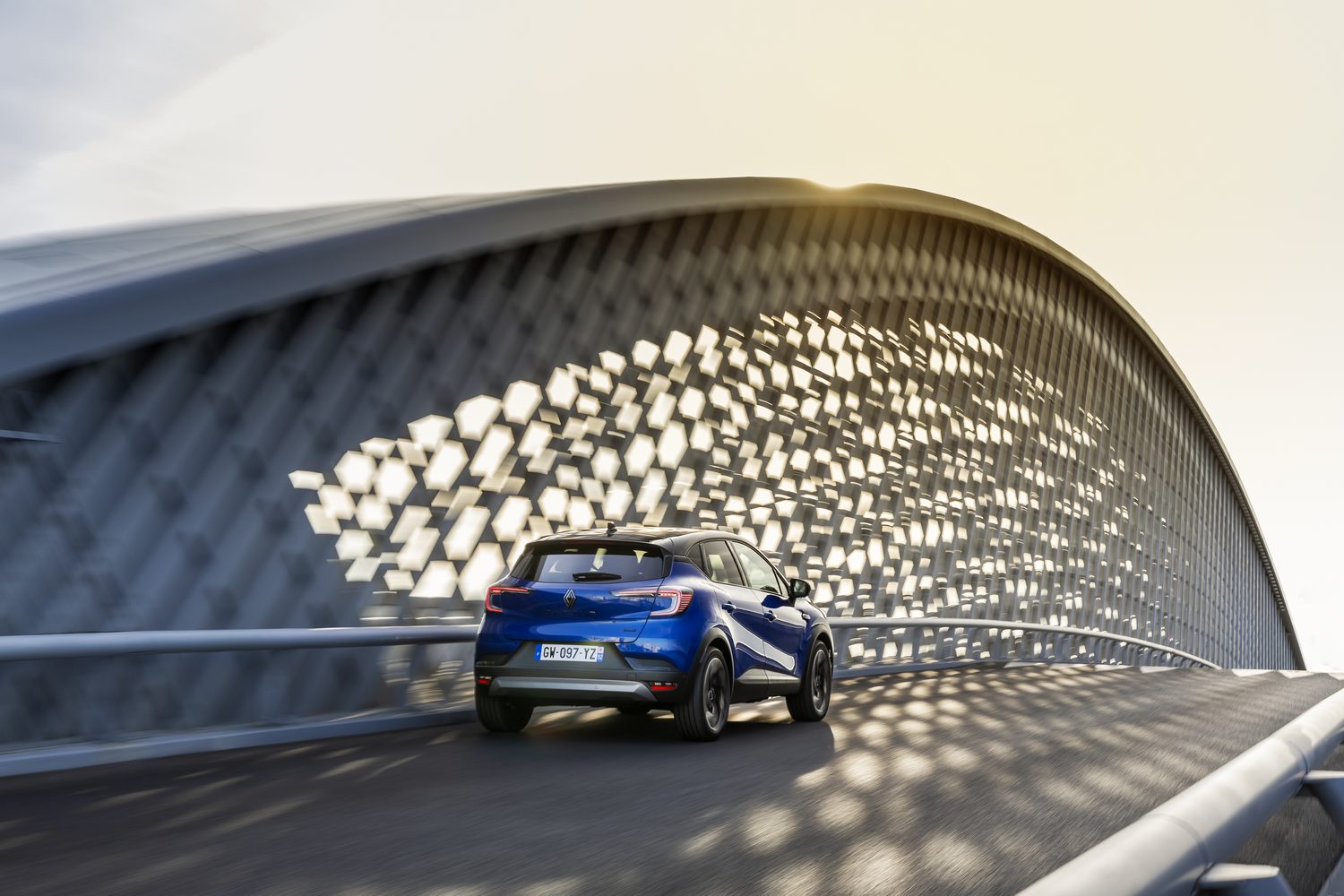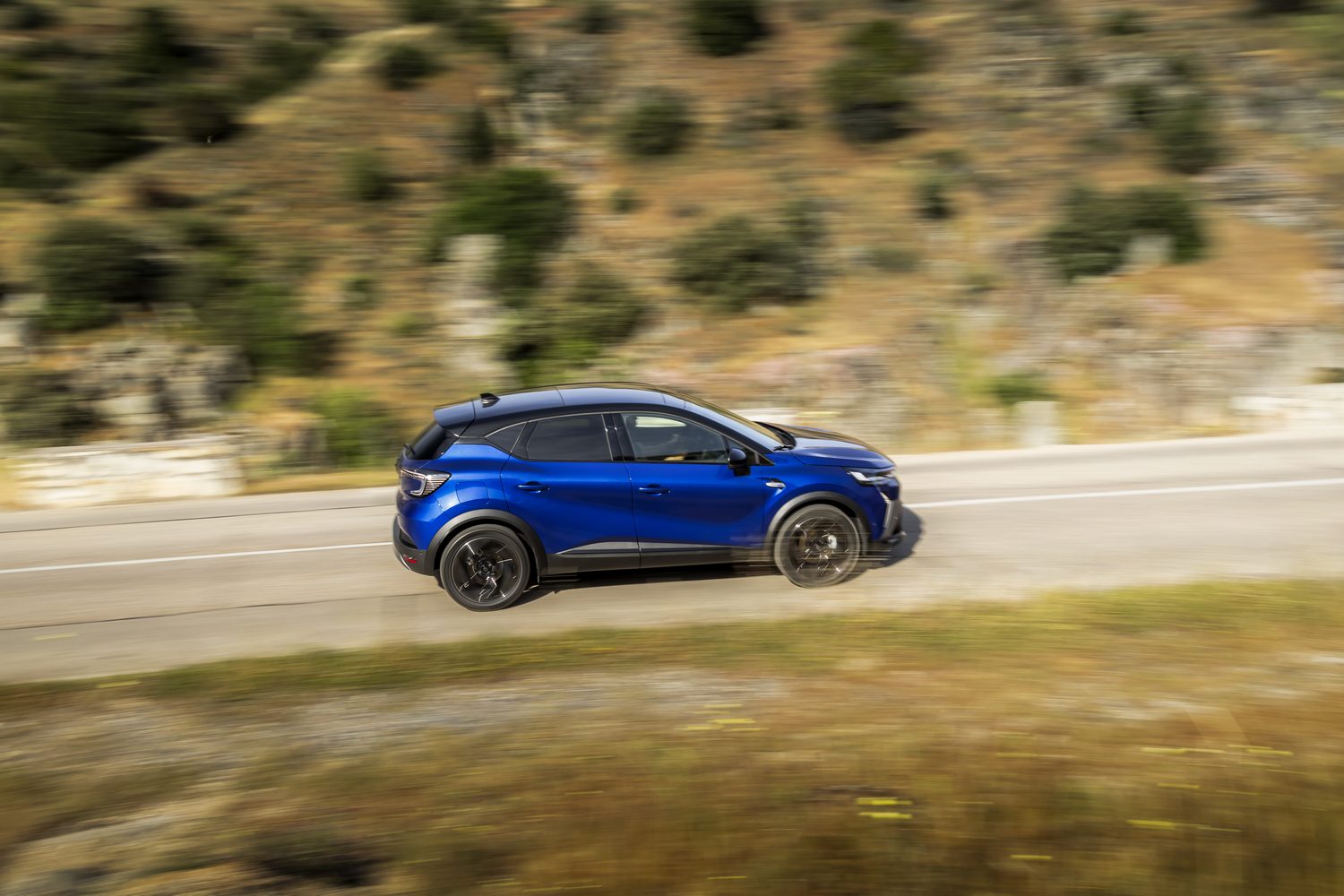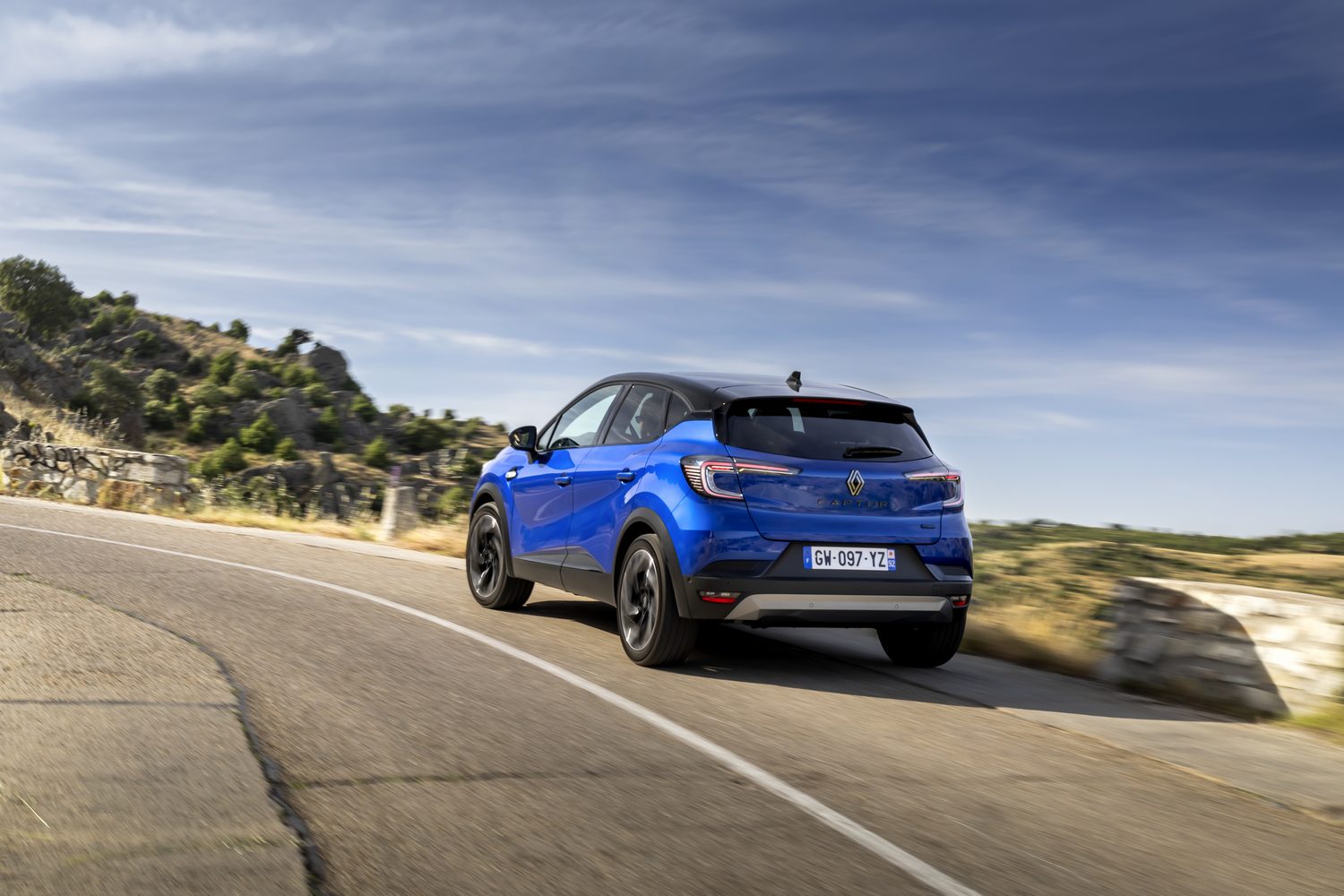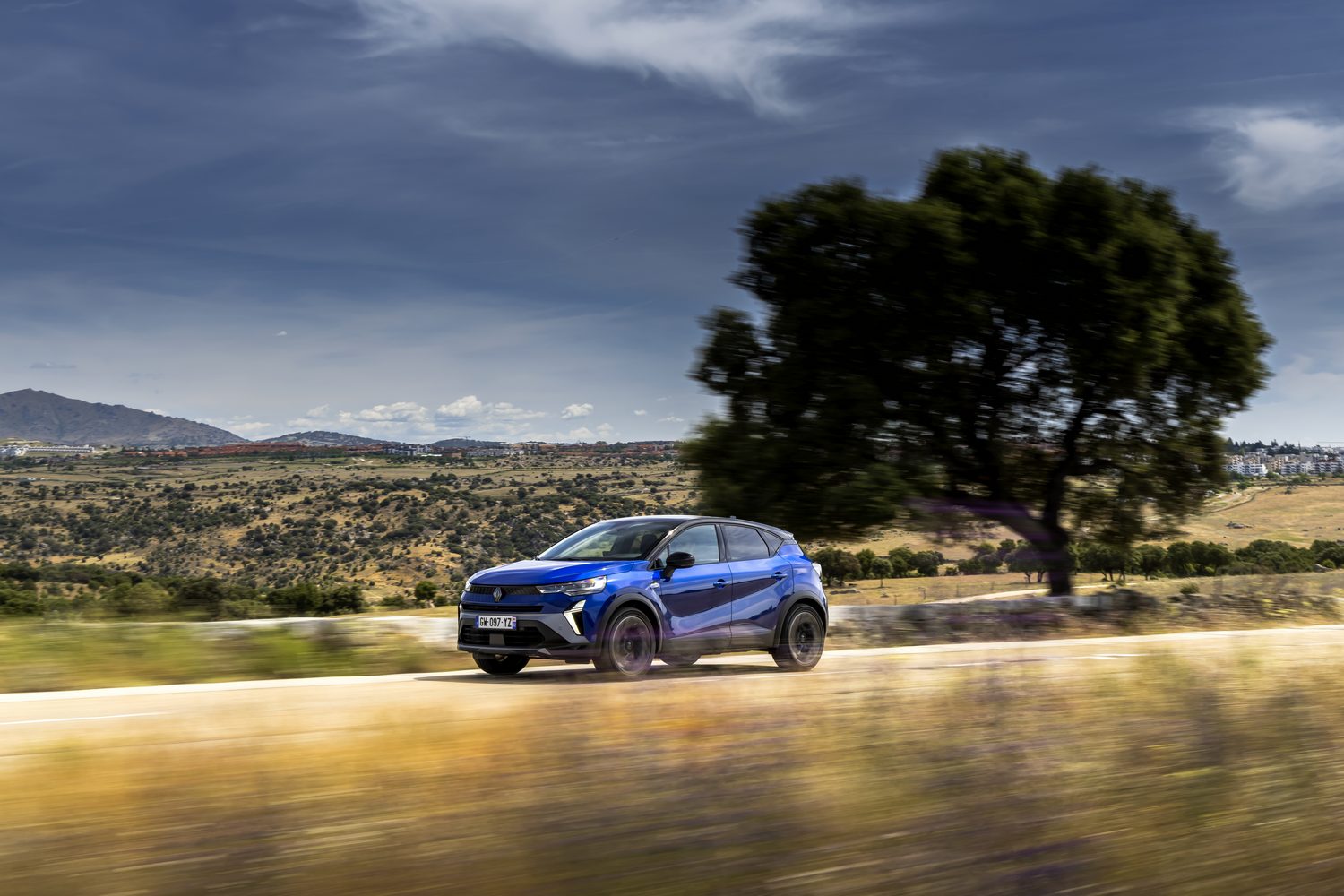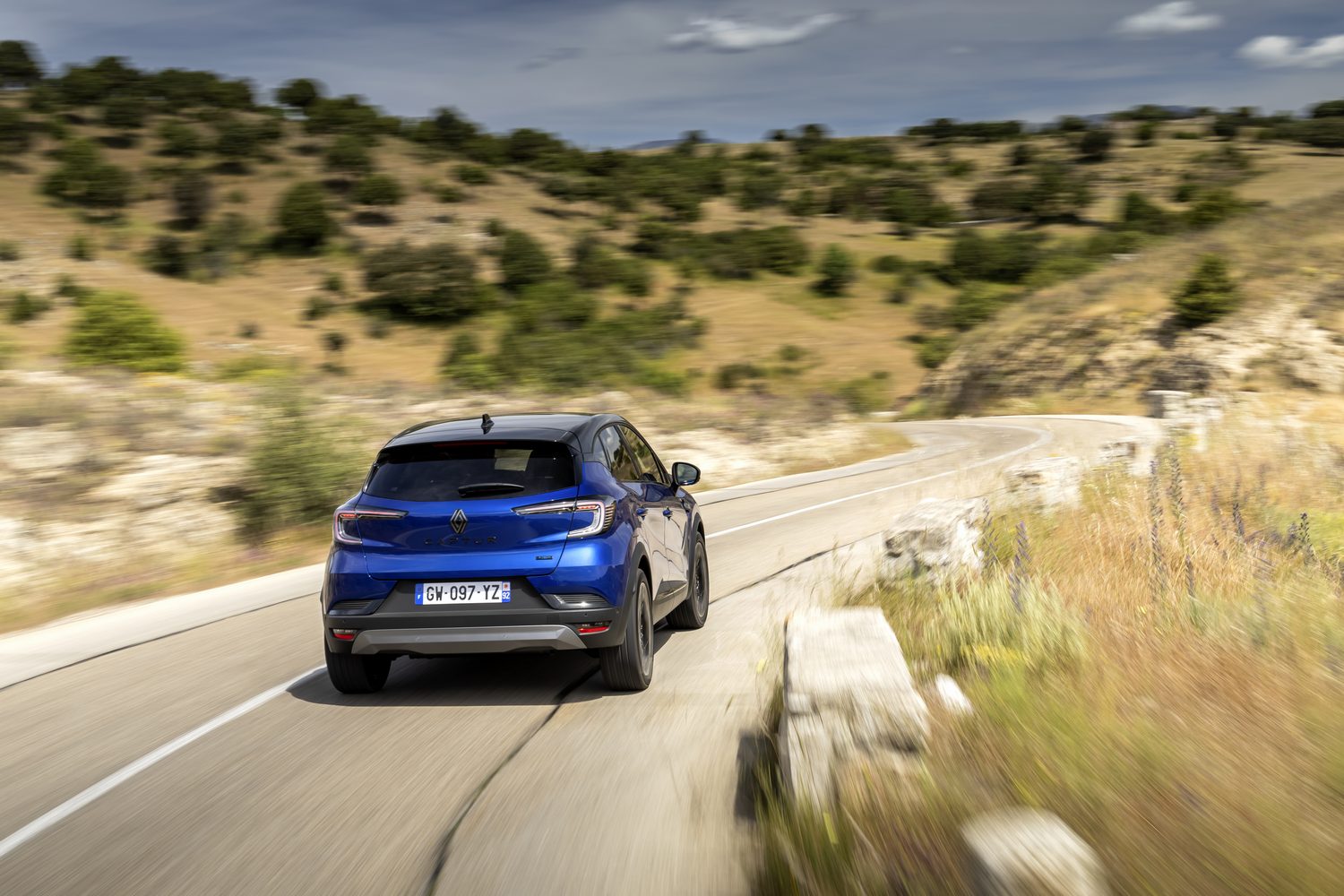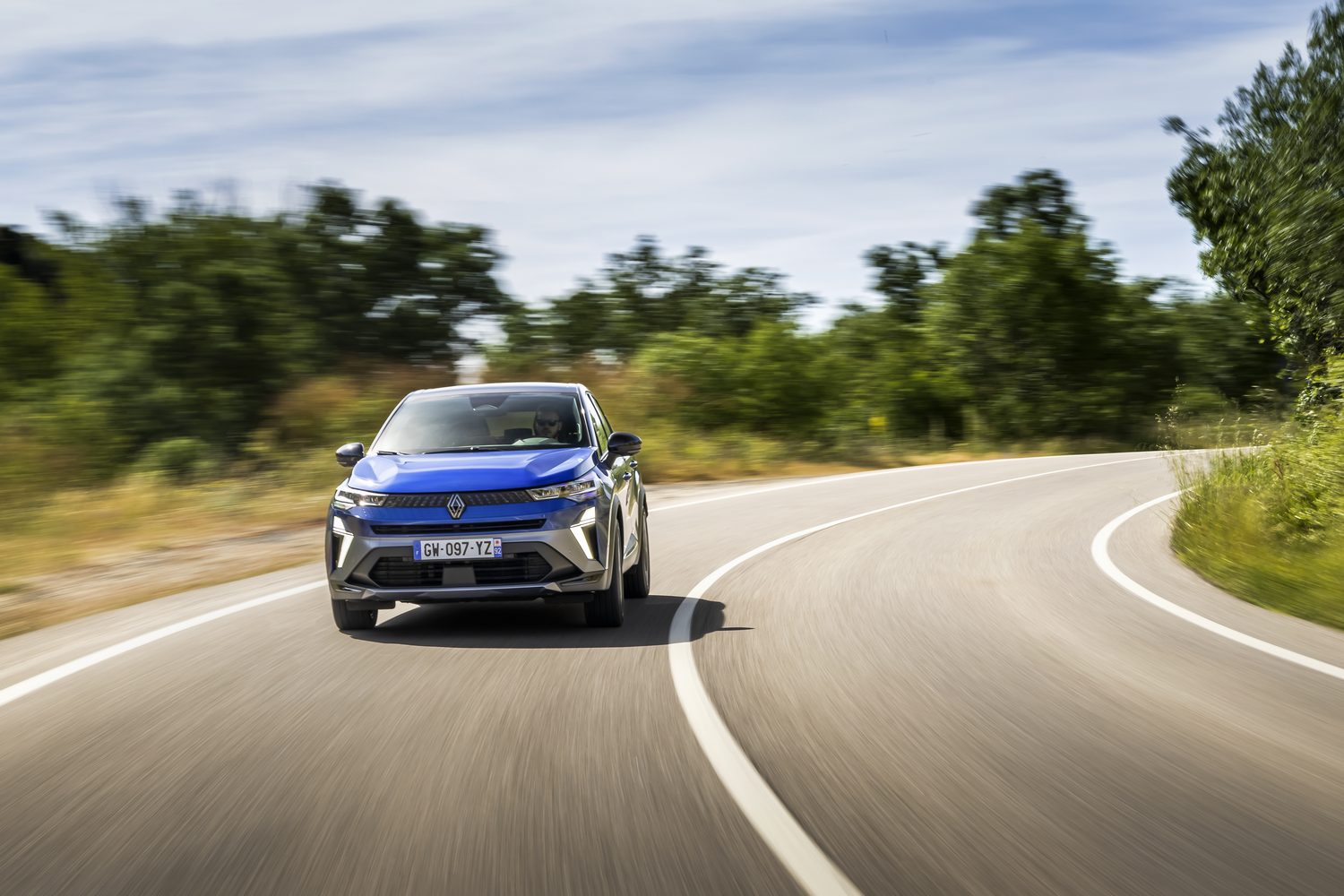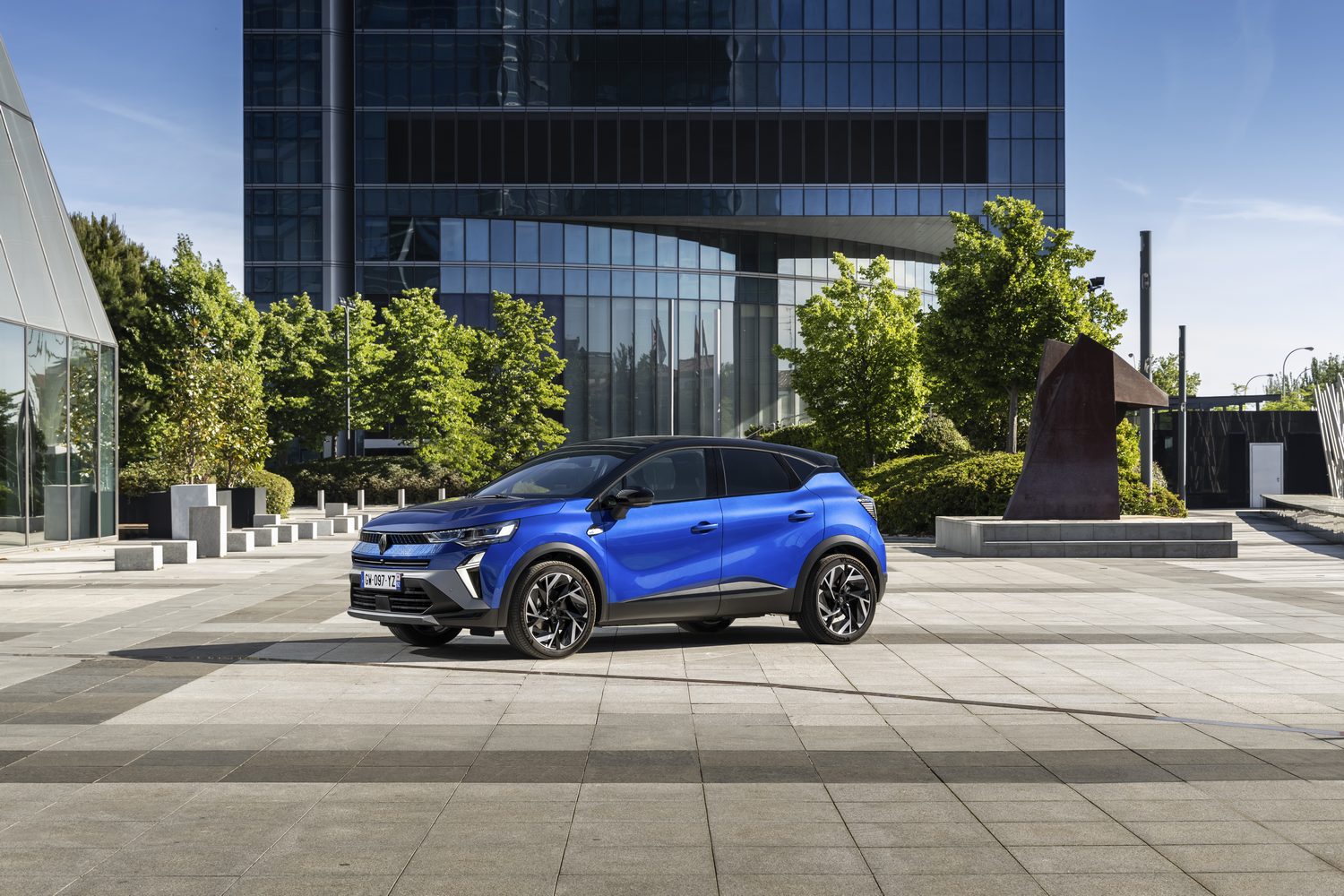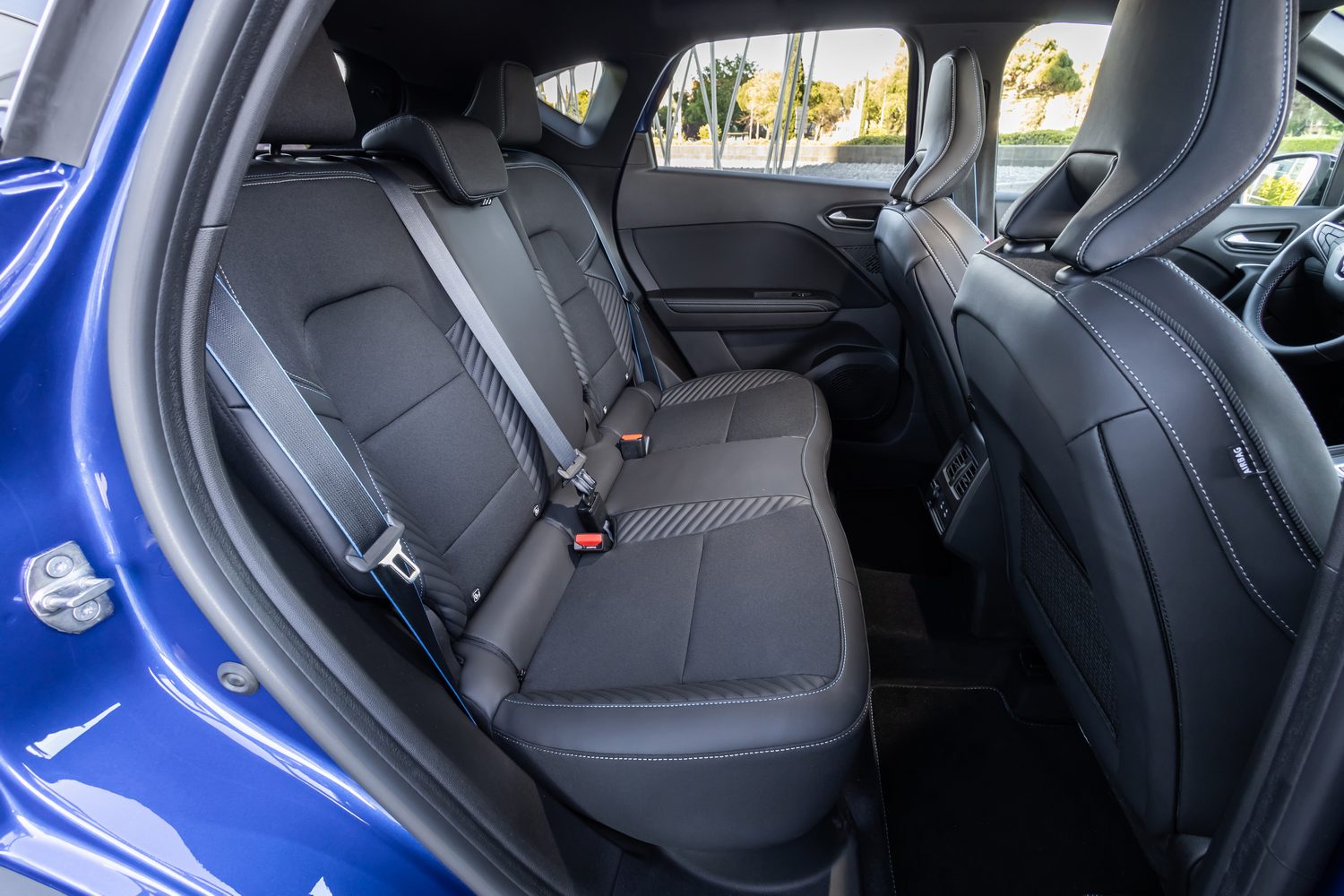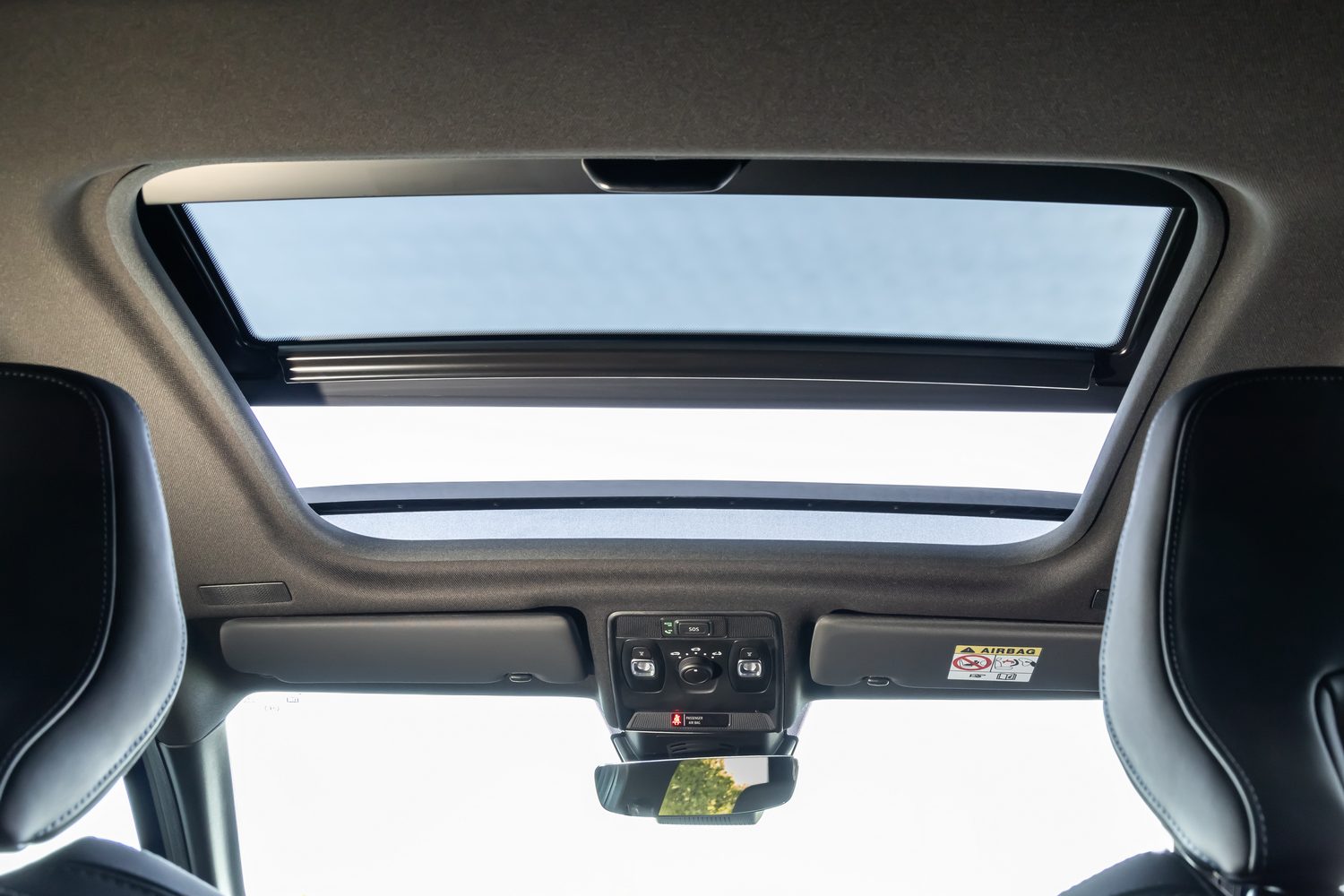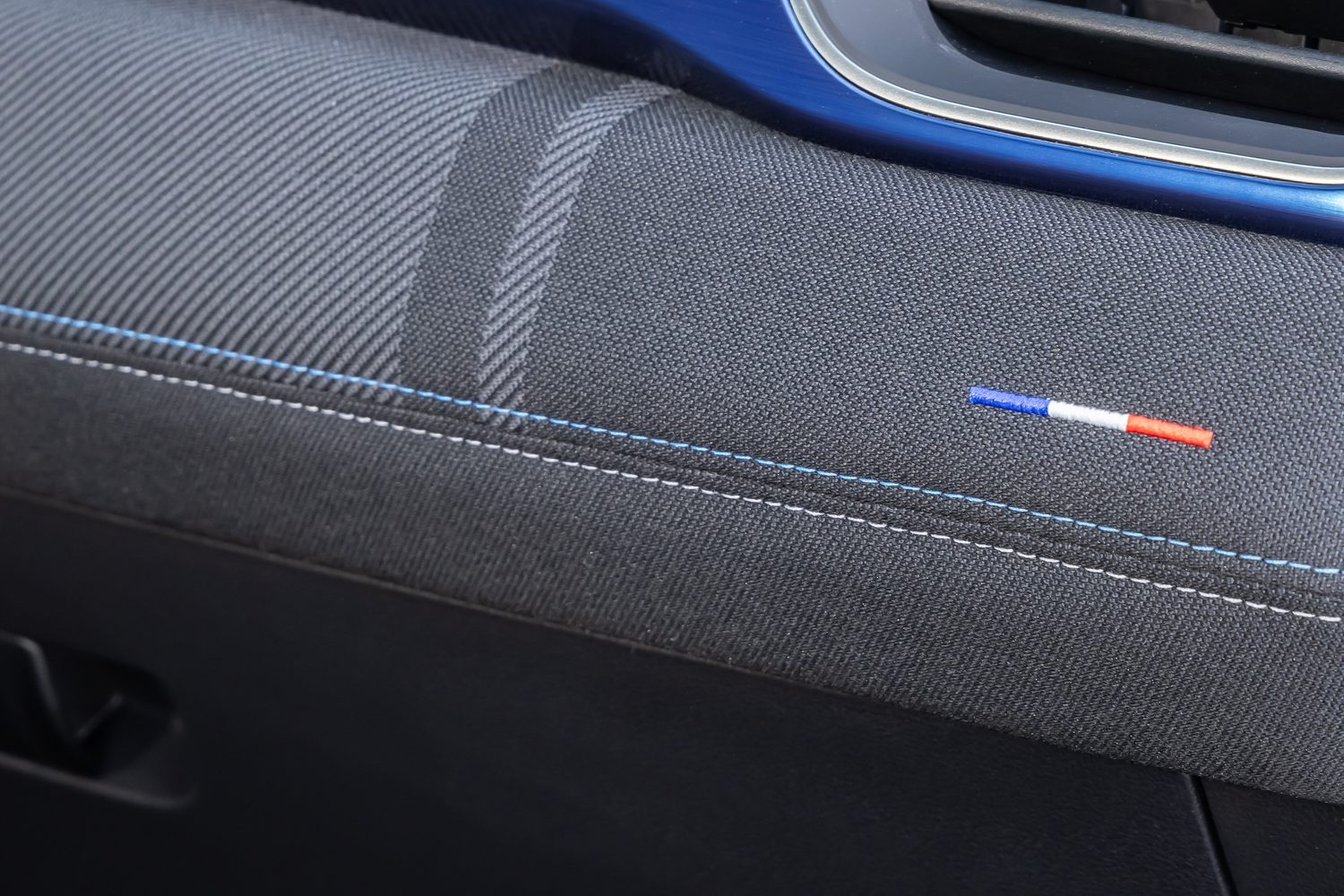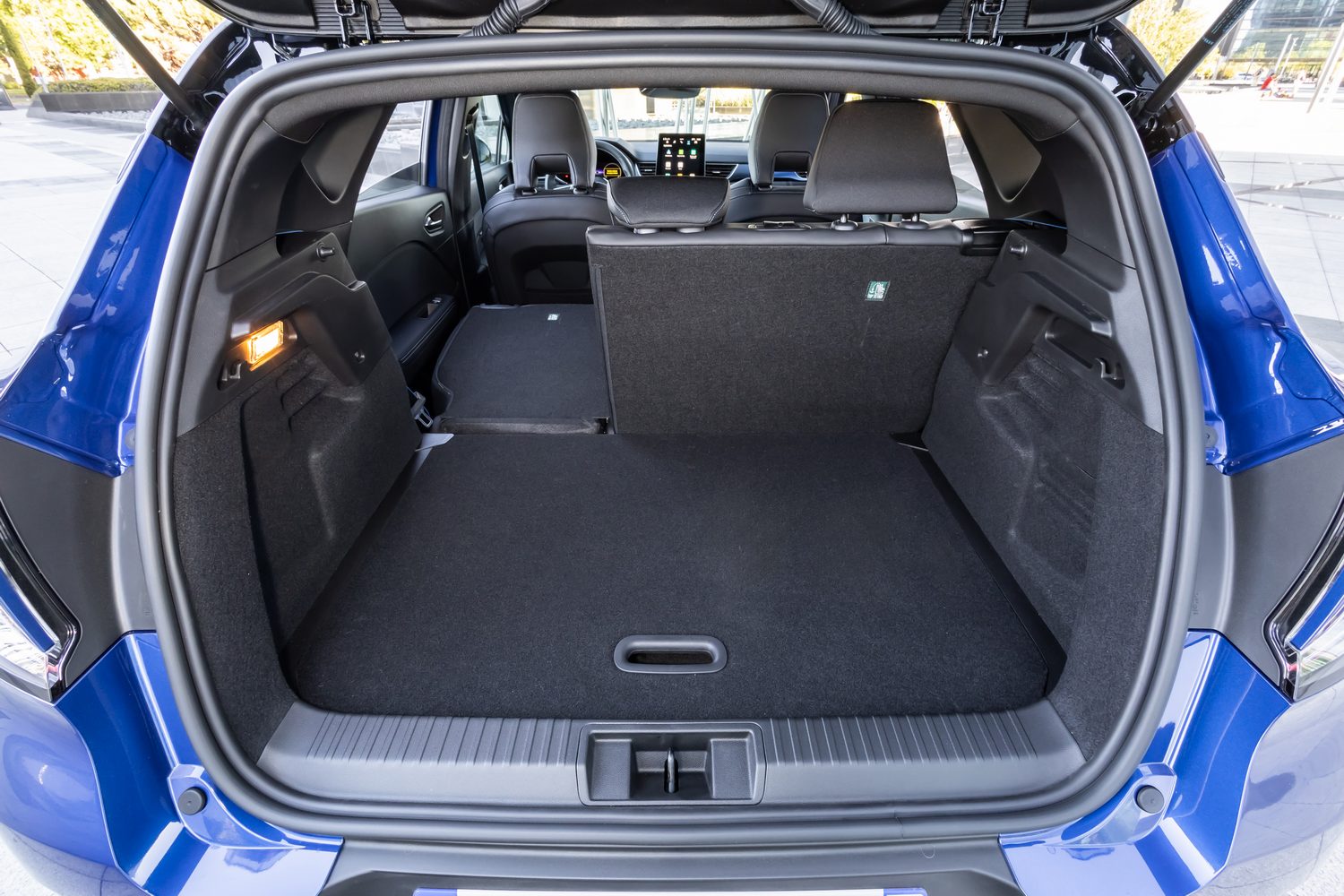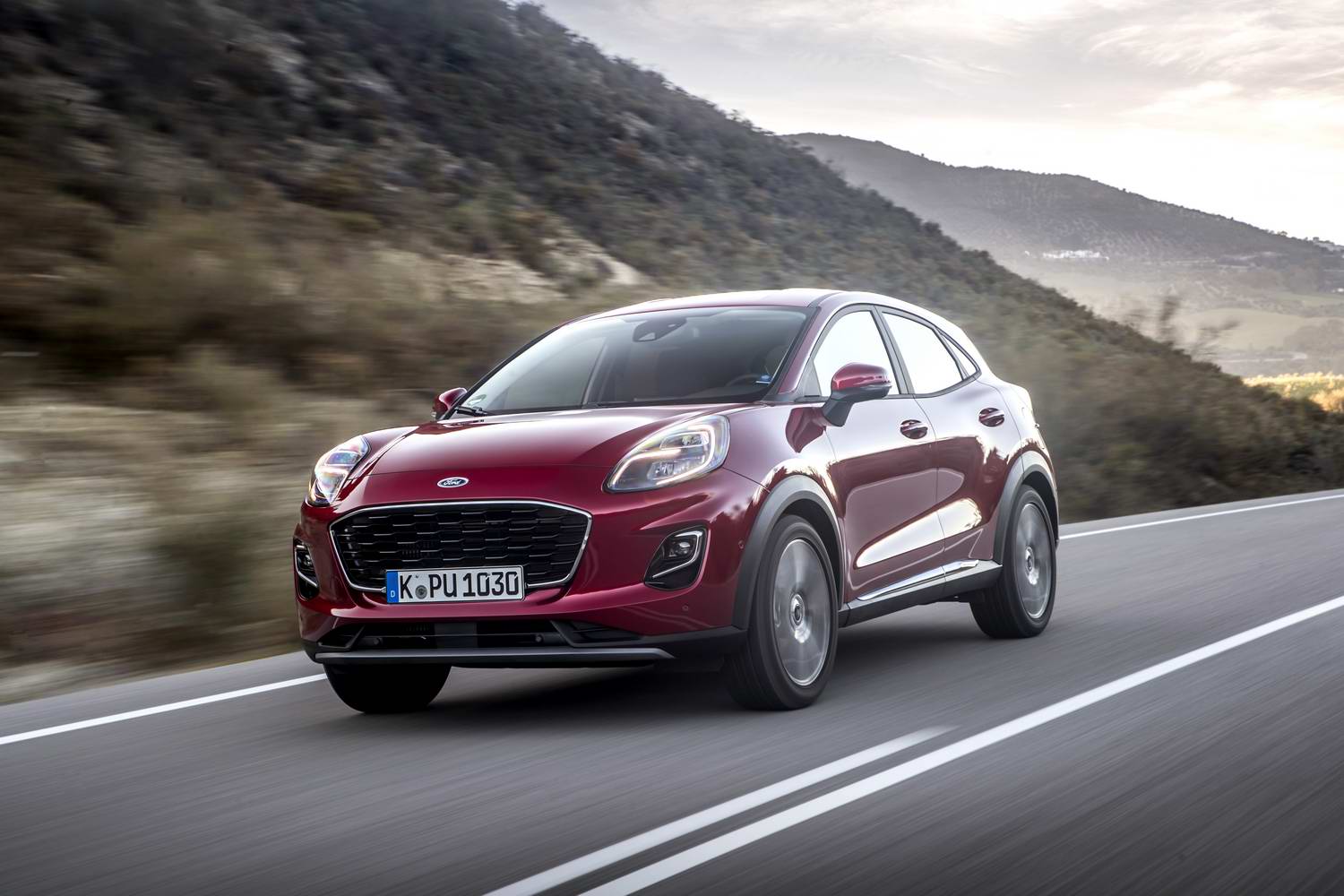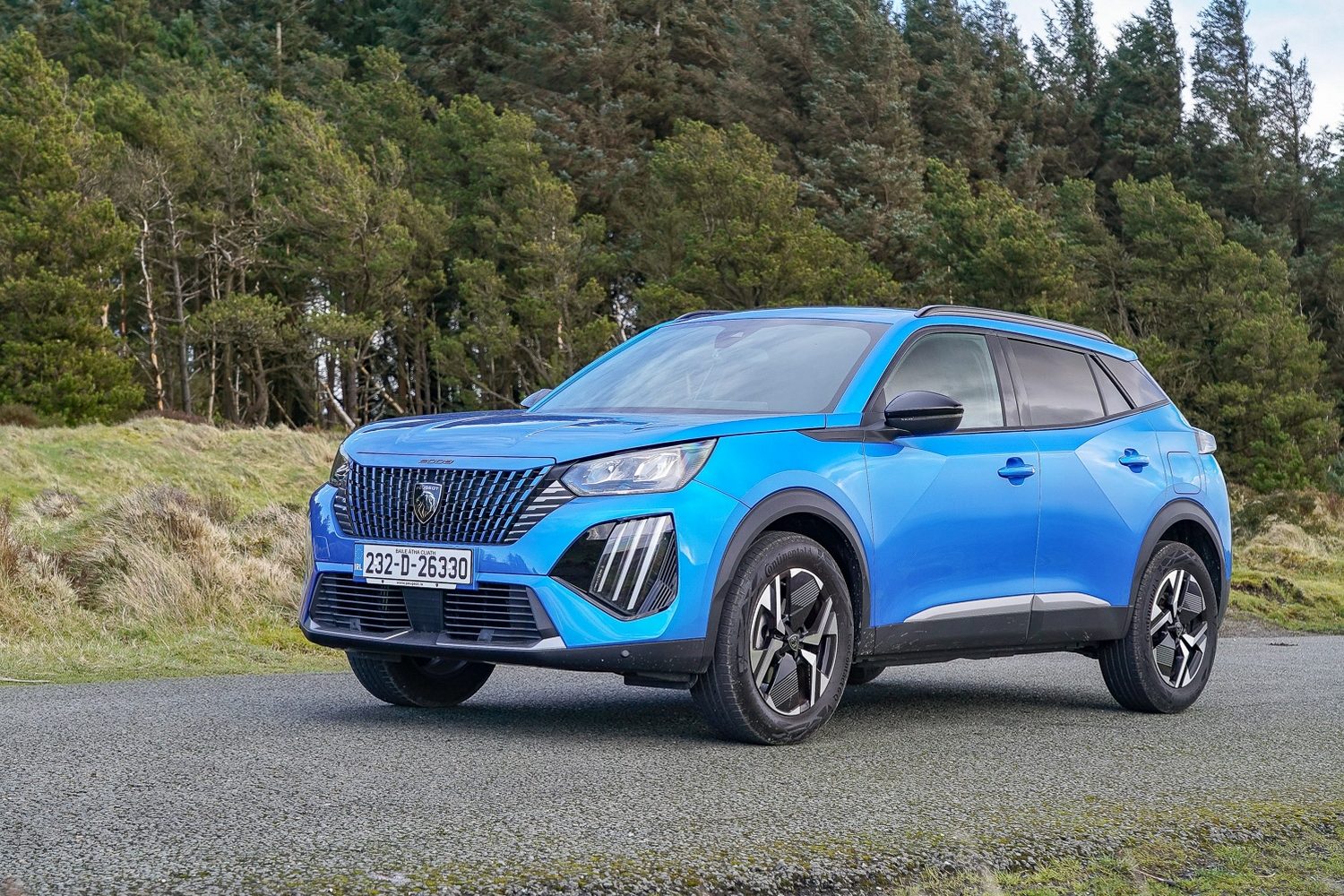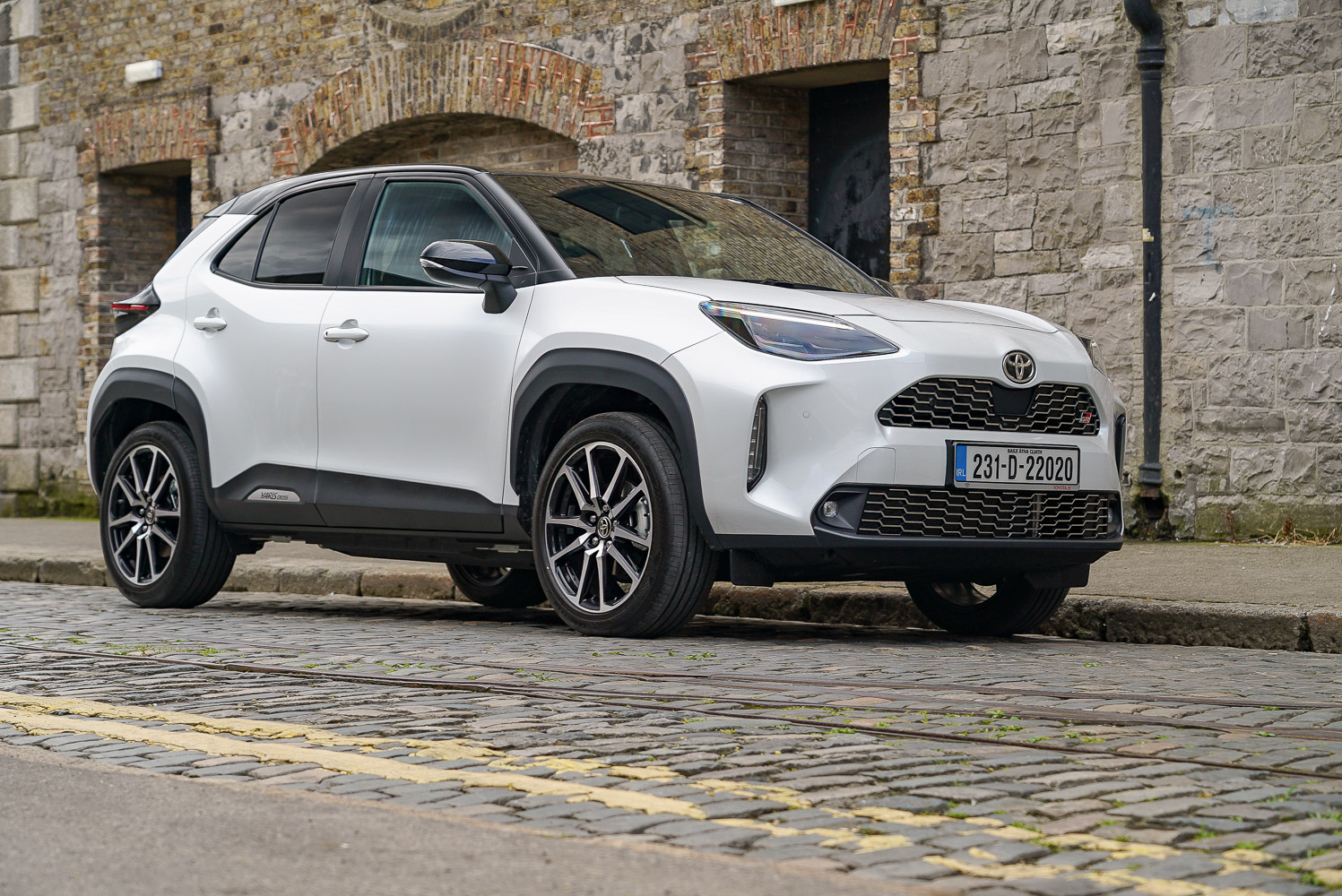Since its introduction in 2012, the Renault Captur has become one of the French brand’s most popular models - and hence one of the most important to its bottom line. Now, the compact crossover has received an overhaul to modernise its appearance, bringing it into line with other new Renaults while introducing more technology and a modern hybrid powertrain. Topping the range is the sporty-looking Esprit Alpine version tested here. Can the Captur still compete in this busy part of the marketplace?
In the metal
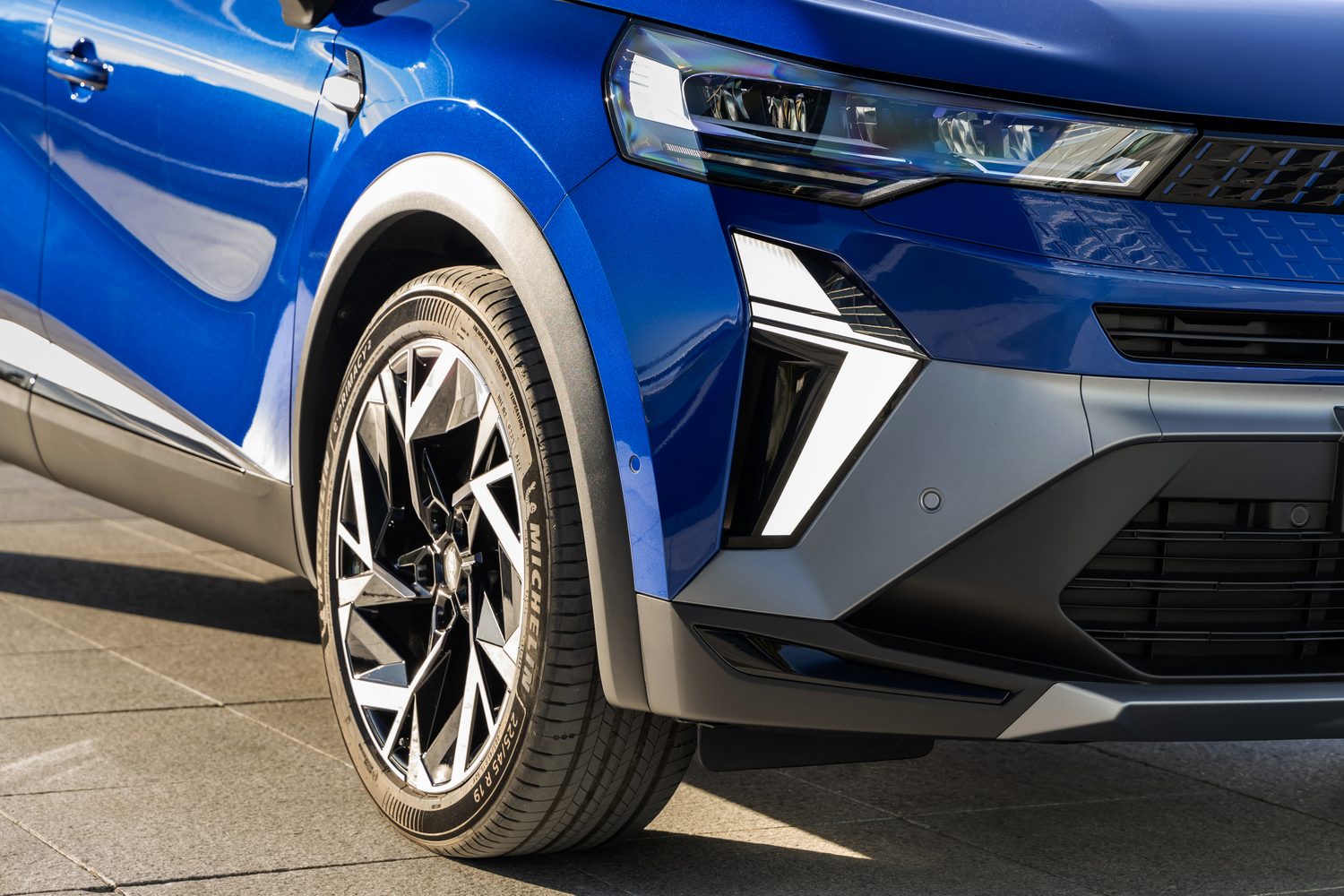
While this iteration of the Captur may technically be only a model update rather than a whole new generation of car, it does look quite different from the version it supersedes. At least from the front, because that appears to be where much of the styling budget has been spent, with a fresh face that’s more in line with the design of the new, fully-electric Renault Scenic.
Gone is the Captur’s rounded appearance, replaced by a more upright image with thinner headlights and distinctive LED daytime running lights on the leading edge of the front bumper. That also is shaped to play on the brand’s diamond logo. The front panel carrying the badge also emphasises its shape.
The range-topping Esprit Alpine version endows the Captur with a sportier image thanks to a contrasting matt slate-grey section to the front bumper, larger - black - alloy wheels, a contrasting black roof and matching door mirror covers. Model-specific Esprit Alpine badges on the front wing further differentiate it from the other Captur specification grades, Evolution and Techno.
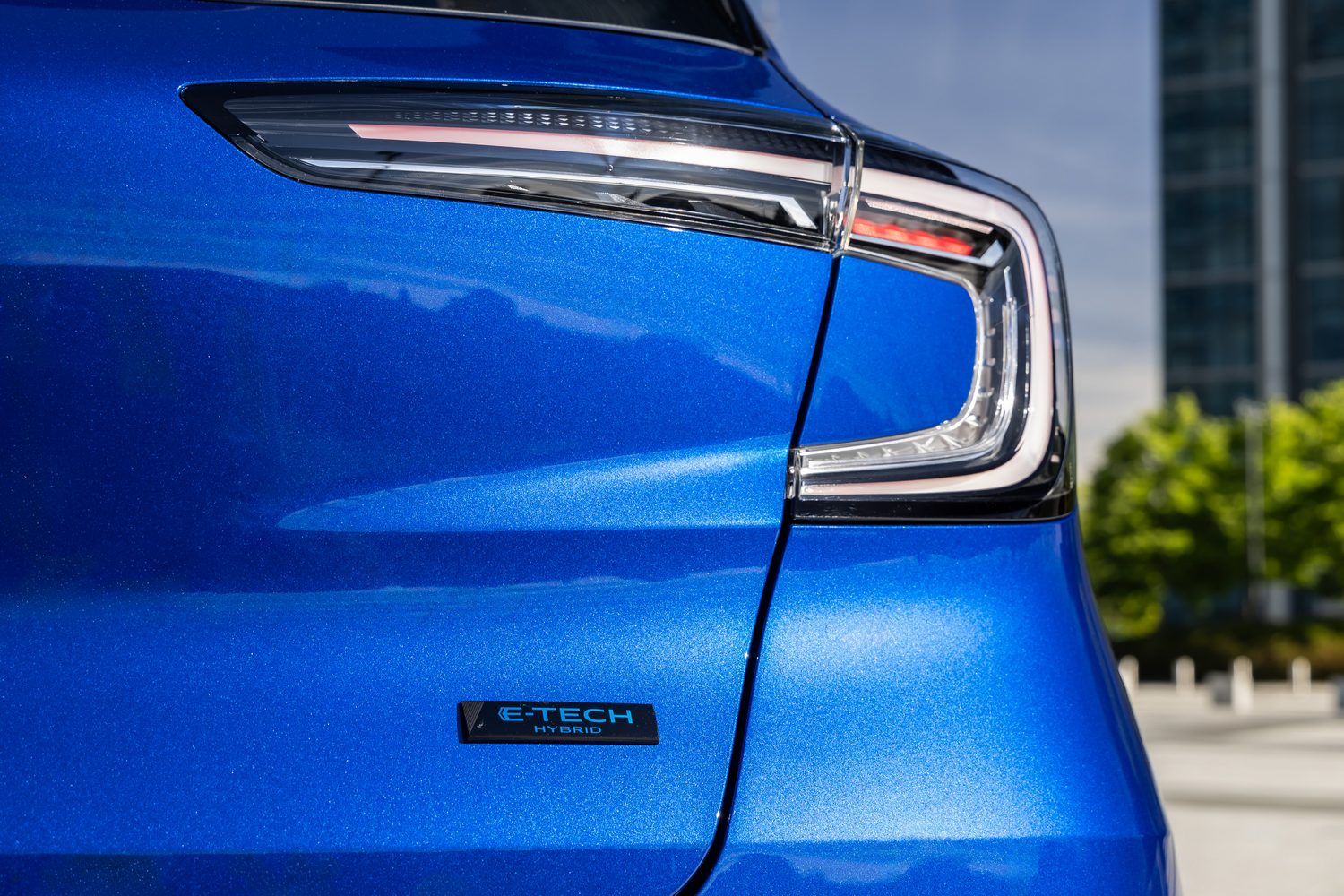
From the leading edge of the windscreen rearwards, the sheet metal of the Captur is unchanged. Renault’s designers have tweaked the appearance of the C-shaped rear lights by introducing a clear lens covers to give them a more technical and modern appearance. The Esprit Alpine variant’s rear bumper includes a matt slate-grey insert as part of a diffuser-like design, while the diamond logo and Captur badge are finished in gloss black.
In the face of more competition than ever before, Renault has updated the interior to bring the connectivity levels from its larger cars into this B-segment crossover. The OpenR Link infotainment system uses a new 10.4-inch portrait-style touchscreen system and harnesses Google software that is built into the operating system.
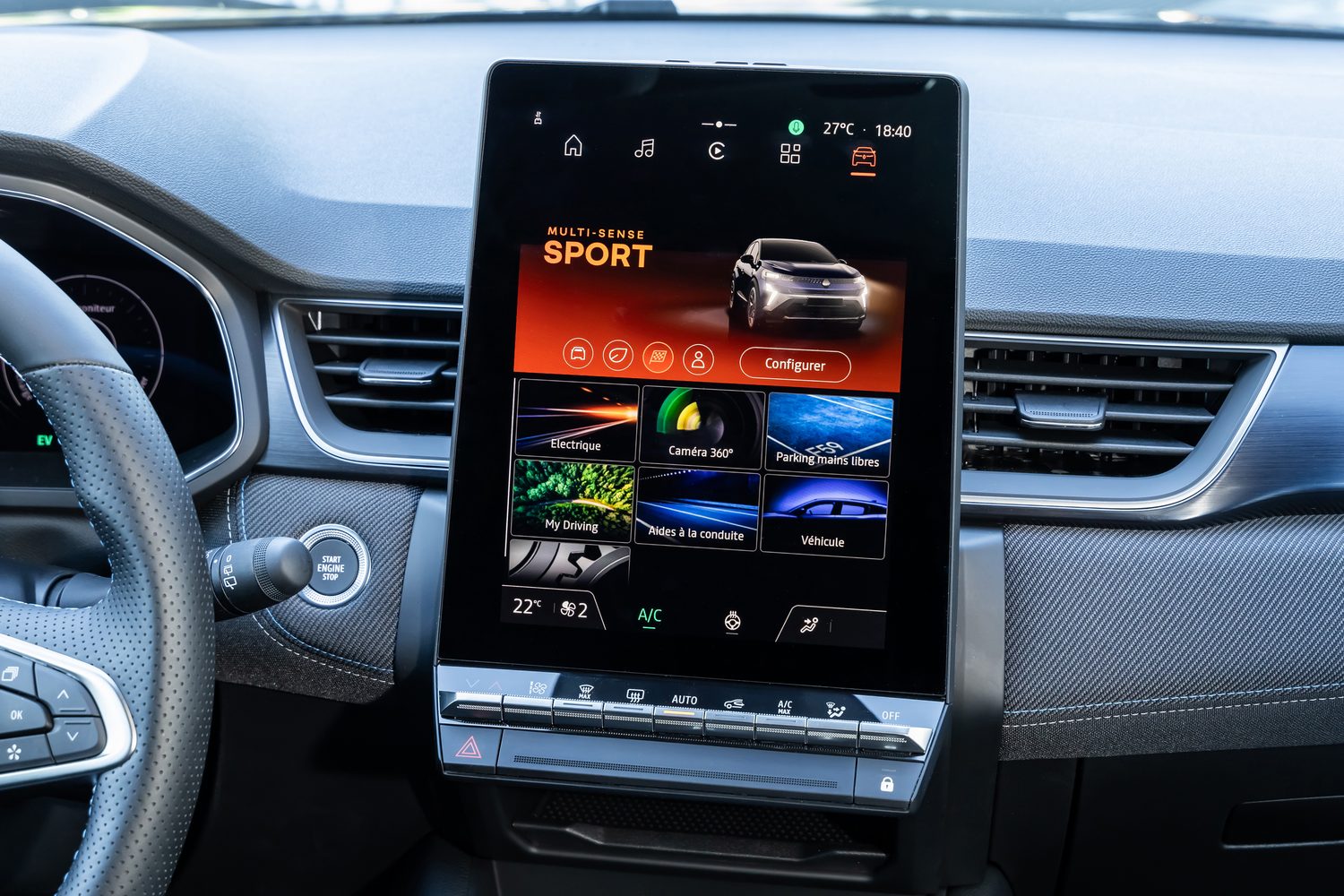
Users benefit from all of Google’s services, from Google Maps and Google Assistant to the Google Play store, which opens access to more popular apps. Accessing real-time traffic information and dynamic navigation options as part of a native operating system will be a boon to drivers. Owners will still be able to connect their smartphones and mirror their preferred apps through Android Auto or Apple CarPlay.
A row of physical buttons along the bottom of the touchscreen provides intuitive access to the climate and ventilation settings. At the base of the centre console is additional stowage, a 12-volt power socket and two USB-C ports. With this improvement and the fitment of a 10.3-inch digital instrument display, the interior of the Captur is one of the most modern currently on sale.
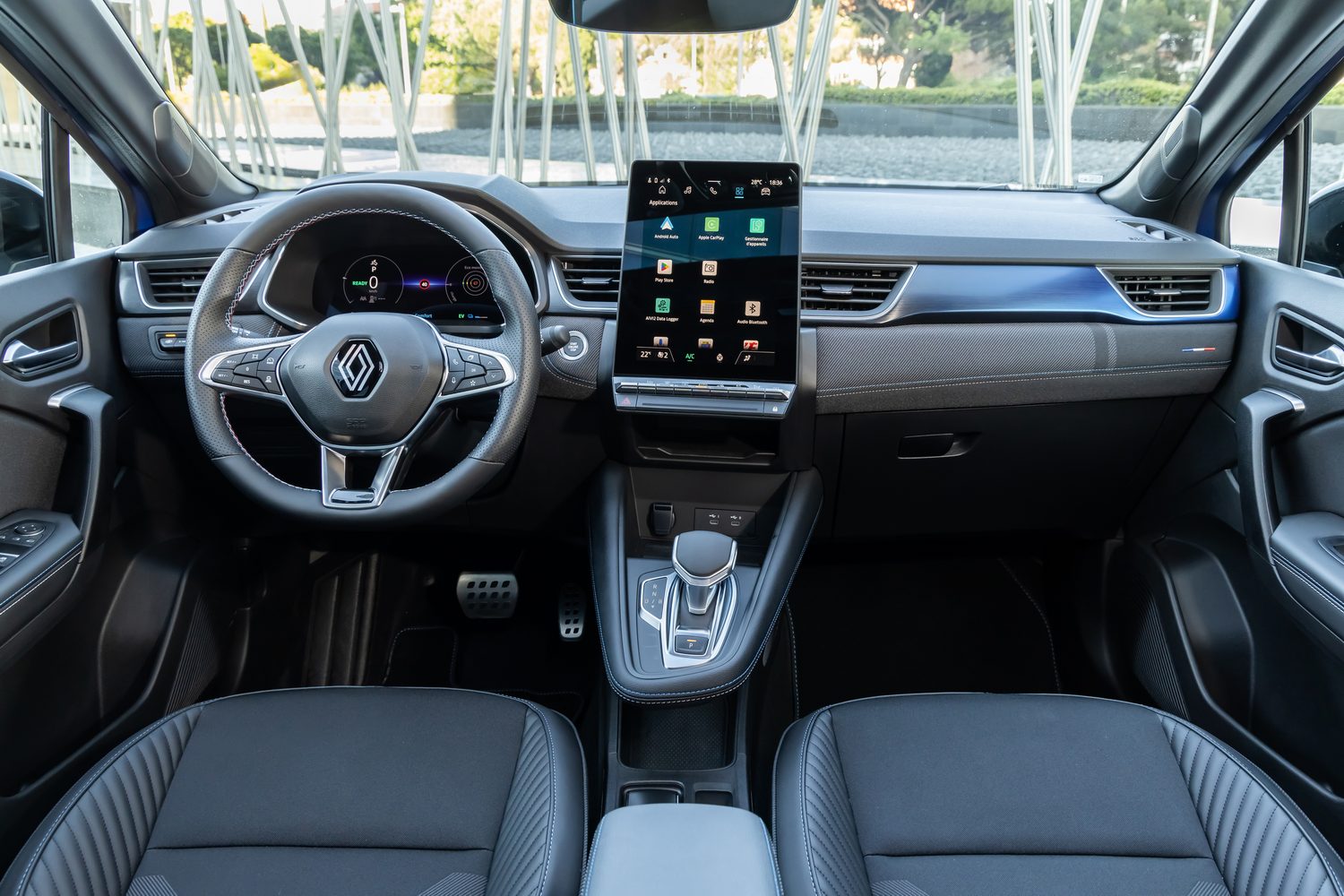
The automatic drive selector is like other Renault models’ and is placed on a floating console that provides additional storage underneath. Renault uses an electronic parking brake for the hybrid model to help save space between the front seats. In total, 25 litres of storage are available throughout the cabin.
The front seats in this Esprit Alpine version have a sporty look and feel, featuring chunky bolstering and high-quality materials. Along with Alpine’s ‘A’ logo on the seatbacks, there is blue, white and red stitching, while the dashboard carries an embroidered French flag.
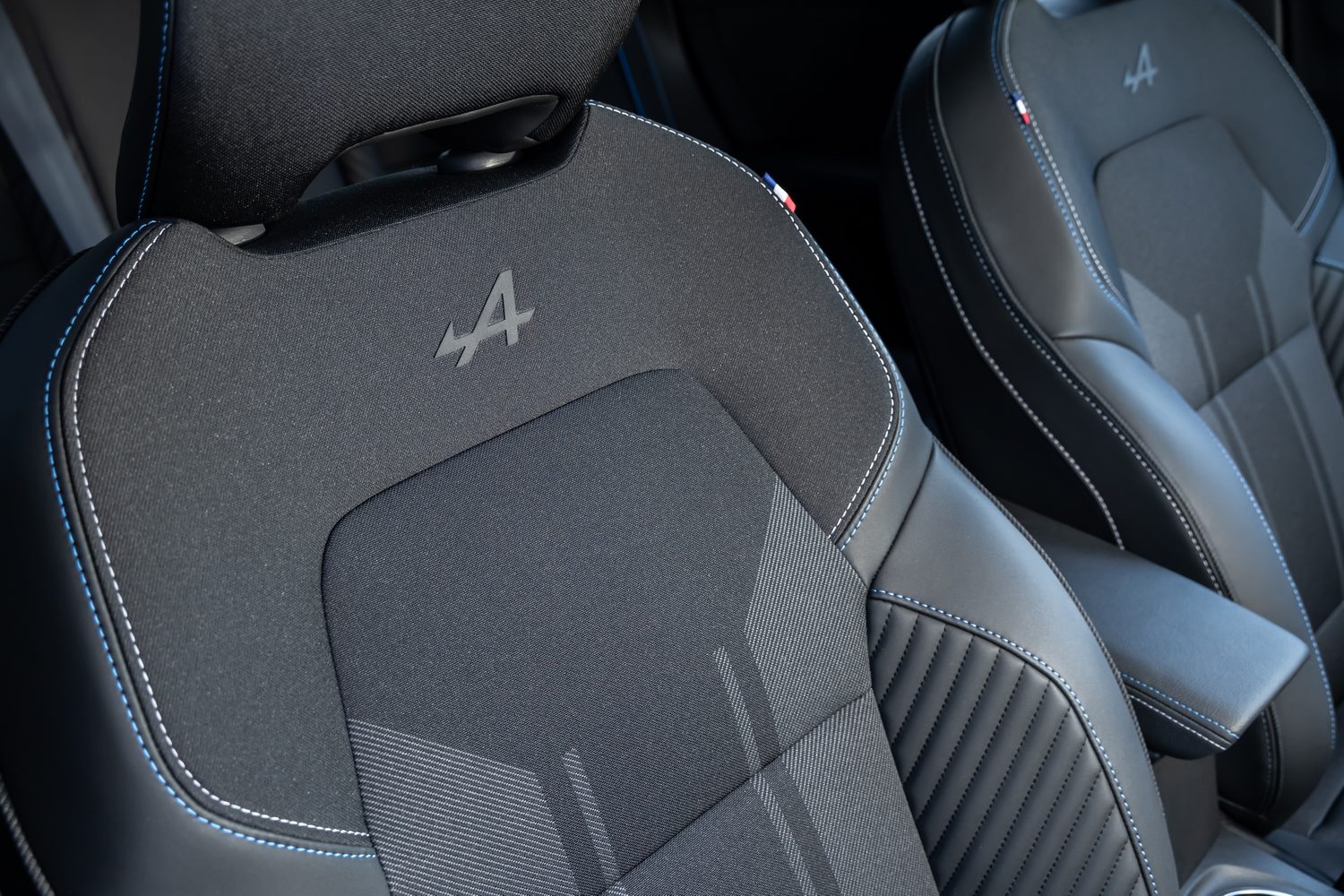
A sliding seat bench that can move fore or aft by 160mm enhances the versatility of the rear, either providing more legroom for backseat passengers or increasing the boot’s capacity as required. However, due to the positioning of the small hybrid battery below the boot floor, cargo capacity is lower than in the petrol version. With the rear seat bench moved all the way forward, 480 litres of space is created, reducing to 348 litres when the seat bench is moved fully rearwards. Folding down the rear seats provides 1,458 litres of luggage volume.
Driving it
The initial offering of engines for the Renault Captur in Ireland will include a 1.0-litre turbocharged petrol unit, a three-cylinder producing up to 90hp. This engine will only be available on the Evolution and Techno specifications.
Opting for the Esprit Alpine version means you get the E-tech Full Hybrid 145 powertrain (also available on the Evolution and Techno grades) by default - and it’s the same system offered in the Clio hatchback. Renault had previously offered a plug-in hybrid version of the Captur, but this has been discontinued due to low demand.
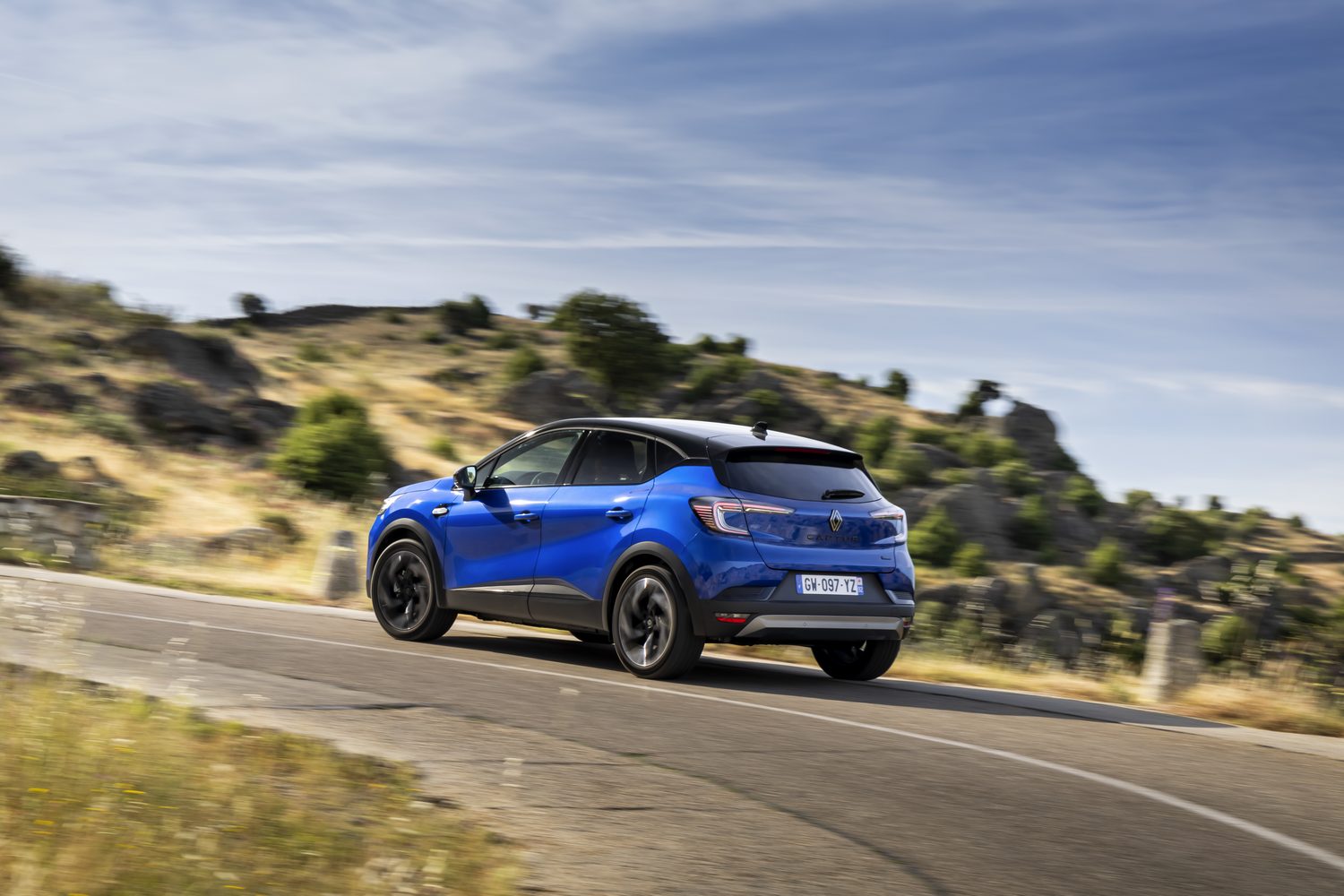
The Captur shares much with the Clio, but it does feel different to drive, partly due to a slightly raised driving position and also because of setup changes to the steering and suspension as part of this upgrade.
Renault’s engineers have tried to instil more feedback for the driver through the steering. While the Captur isn’t the most dynamic or sporty car, it does steer with precision and lets the driver feel a connection with what the front wheels are doing. That is especially useful in poorer driving conditions, where drivers should feel more confident in the grip levels.
The performance from the 1.6-litre four-cylinder engine suits the Captur’s size and it frequently switches between this combustion engine and the electric motor at urban speeds. Even though the hybrid battery is small in energy capacity, the software works well, and as you drive through town, especially in slow-moving traffic, it will spend a worthwhile amount of time in its electric mode. The switch between the two motors can usually go unnoticed were it not for the small “EV” logo appearing on the digital dashboard when the electric motor is working alone. Renault has also added an “E-Save” button to the dashboard that maintains the battery’s state of charge at 40 per cent, ensuring the Captur has optimum performance when required, such as when driving up a steep hill or overtaking slow traffic.
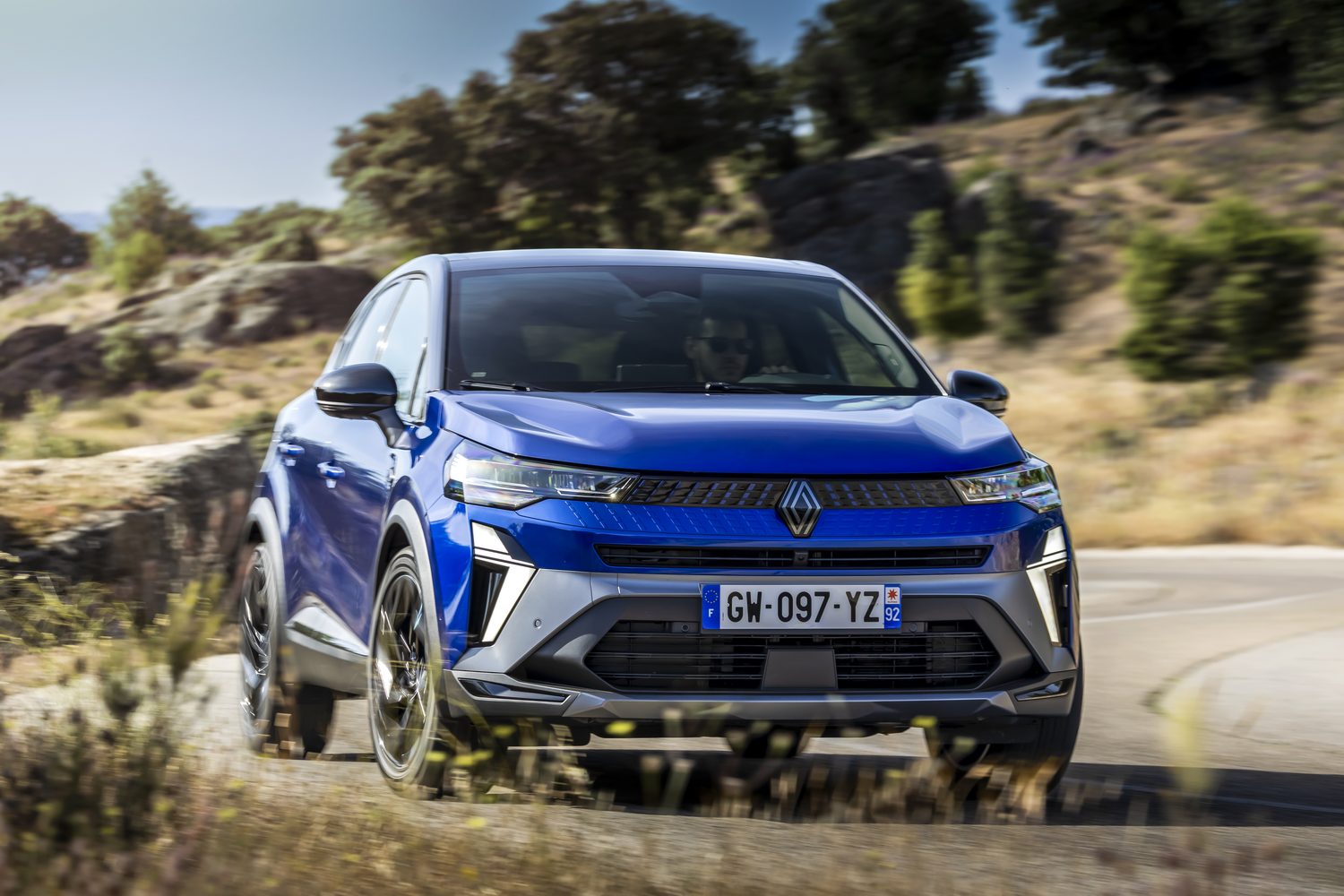
The Captur is at its most impressive when in its electric mode, with smooth power delivery and a near-silent drive. Although it is only capable of covering short distances in this guise, the battery recuperates energy quickly.
All new cars in Europe now must be equipped with numerous driving assistance systems, including an audible speed limit warning. These systems are designed to help reduce accidents and improve safety, but in some instances they need improvement. This is particularly the case when it comes to identifying the correct speed limit, which can lead to unnecessary warnings from the car, in turn irritating the driver. It’s an issue with most new cars today.
Thankfully, Renault has listened, and while the safety systems are set to activate by default each time (as is the law), it has added a button to the dashboard that switches the car to a personalised driving mode, where such systems can be pre-programmed to deactivate. Drivers will still be required to do this each time they start the car, but it’s more convenient than digging through a series of touchscreen menus to find the preferred settings - and arguably safer.
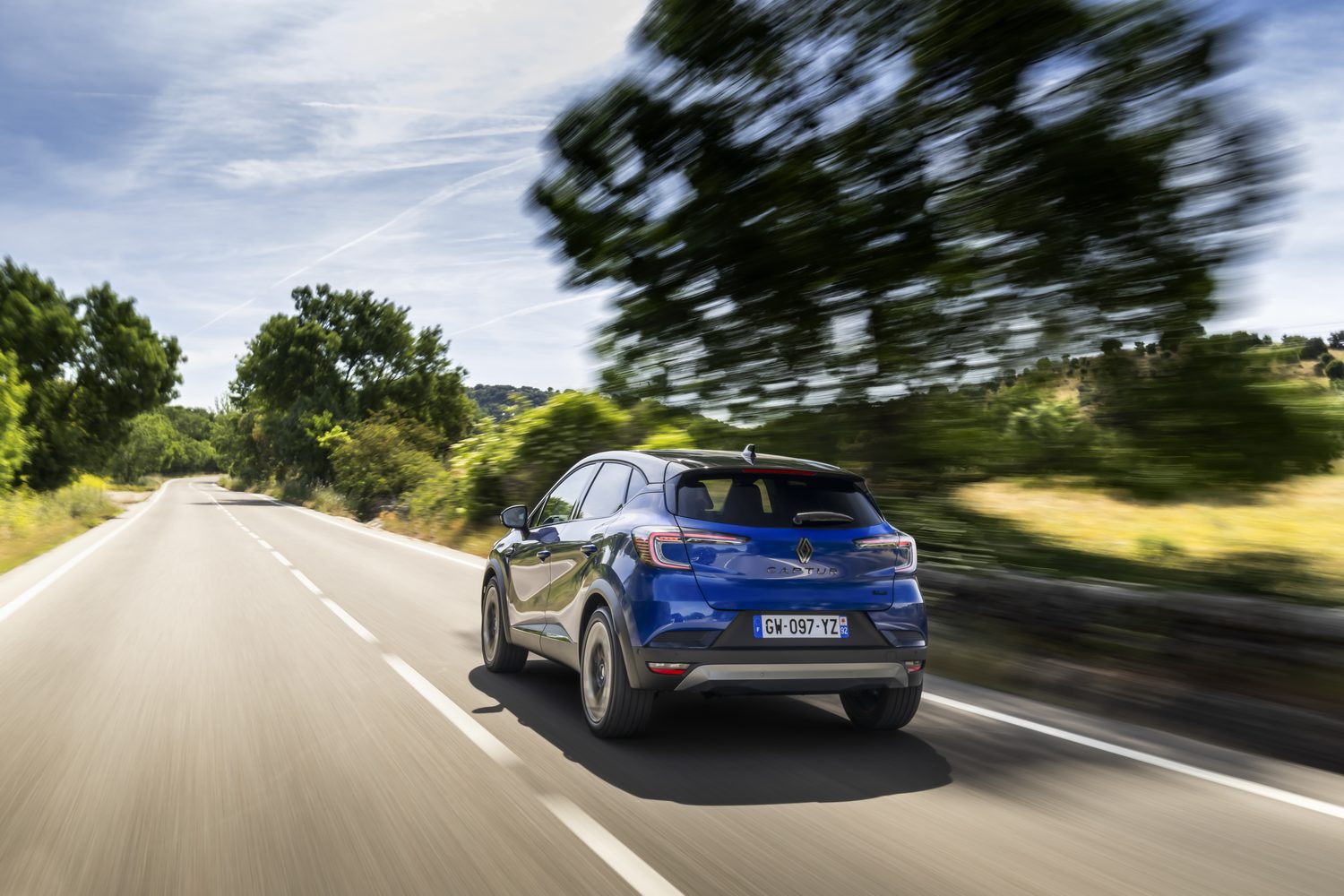
What you get for your money
In Ireland, the Renault Captur range starts at €29,120 for the TCe 90 manual in Evolution trim. Both Evolution and Techno versions offer a high degree of exterior customisation, with three contrasting roof colours: Highland Grey, Pearl Grey or Pearl Black. These can be ordered with several of the exterior body colours. The Esprit Alpine version can be had with Highland Grey or Starry Black contrasting roof options.
Various wheel and interior upholstery options will be available across the three specification grades, details of which will be announced closer to the car’s introduction to the Irish market. There will be a €2,200 premium to upgrade from Evolution to Techno with the TCe 90 engine. The E-Tech Full Hybrid 145 starts at €33,990 for the Evolution, rising to €36,190 for the mid-level Techno, while the range-topping Esprit Alpine will cost from €38,590.
Summary
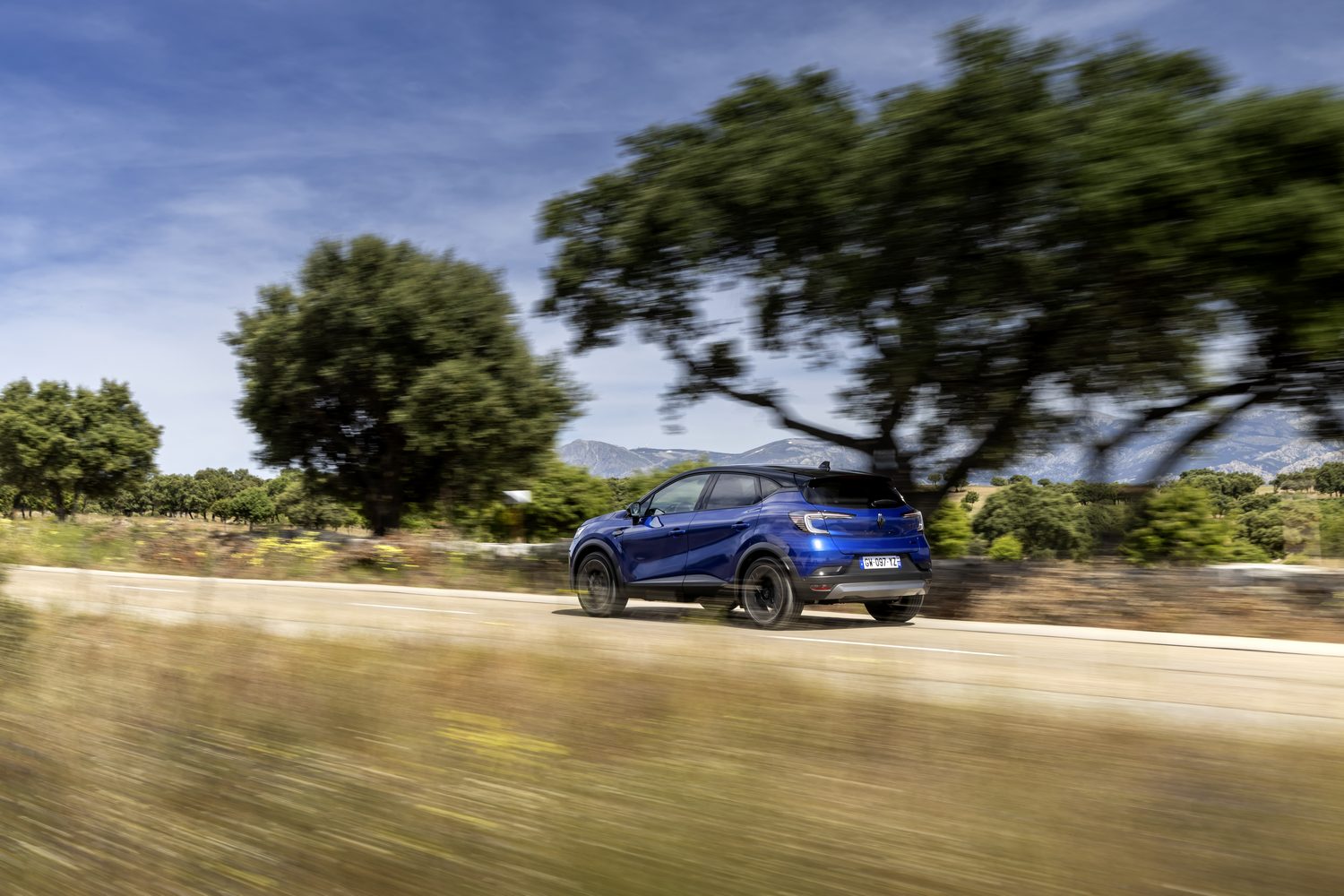
Even though this Renault Captur isn’t an entirely new model, the updates make it significantly different from the version it replaced. Its styling is more attractive than ever, and the interior has been brought up to date with the rest of the market - and it’s more practical and versatile than ever. Finally, the hybrid engine is well-suited to the car and will fit in well in a market in which hybrid power dominates.

